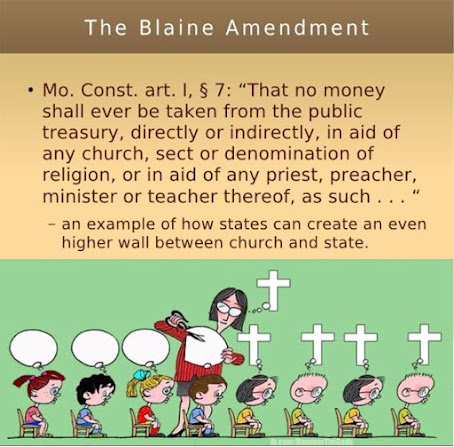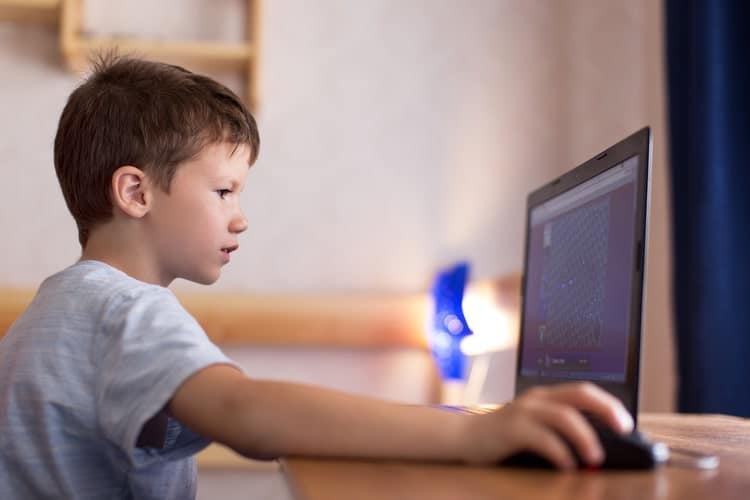SSPI Announces Ethnic Studies Webinar Series - Year 2020 (CA Dept of Education)
State Superintendent Tony Thurmond Announces Ethnic Studies Webinar Series Featuring Civil Rights Leaders and Special Guests
SACRAMENTO—State Superintendent of Public Instruction Tony Thurmond today announced that the California Department of Education (CDE) will lead a series of virtual ethnic studies webinars and lessons in the coming weeks. As the CDE prepares to submit a revised Ethnic Studies Model Curriculum for public review, these webinars will help students, educators, and families familiarize themselves with the core areas of ethnic studies, including how different groups have struggled and worked together, as well as key concepts such as equality, justice, race, ethnicity, and indigeneity.
“Our students have spoken, and they want to have conversations and learn about our nation’s complex history in a way that is more representative of the world they’ve experienced and lived—a way that represents them and their families,” said Thurmond. “During this historic moment, we as a nation are re-examining the problematic fabrics of our society and history; ethnic studies helps emphasize cross-relational and intersectional study of different groups and helps tell of the struggles, histories, and contributions of America’s ethnic groups that all students need to learn.”
This series of webinars will feature the four foundational groups of ethnic studies: Africana Studies, Asian American Studies, Chicano Latino Studies, and Native American Studies. The series will feature prominent leaders and educators from each discipline to provide lectures during the webinars.
So far, confirmed special guests include:
- Civil rights activist Dolores Huerta
- Assemblymember Shirley Weber, a professor emeritus and co-founder of Africana Studies at San Diego State University
- Assemblymember Jose Medina, who drafted legislation to make ethnic studies a high school graduation requirement
- Dr. Karen Korematsu, educator, civil rights advocate, and daughter of late civil rights icon Fred Korematsu
- Assemblymember James Ramos, co-founder of the San Manuel Band of Mission Indians’ Cultural Awareness Program and director of the California Indian Cultural Awareness Conference at California State University, San Bernardino
Over the course of history, both in our state and nationally, specific ethnic groups have had unjust treatment even from respected institutions of authority. Renewed national discussion has served as an urgent reminder that curriculum taught in schools has not done enough to highlight and preserve the contributions of people of color and has actually minimized the importance of their role. A movement to create a better model of inclusion to be taught in our kindergarten through grade twelve public school system was established in the hopes of teaching a history that is more representative of what actually occurred. Ethnic studies as a whole should represent a broad range of topics, but it must devote a special emphasis to people of color, including their experiences and their important roles in our state and national history.
The first webinar will be held July 7, 2020, at 3 p.m., and more details will be released soon. Updates will be announced on the CDE’s Facebook page , Instagram page
, Instagram page (@cadepted), and Twitter
(@cadepted), and Twitter (@cadepted).
(@cadepted).
Clarifying Meal Service Guidance - Nutrition (CA Dept of Education) - https://www.cde.ca.gov/ls/nu/mealserviceguidclarif.asp
SSPI Calls on Private Industry to Aid Tech Needs - Year 2020 (CA Dept of Education) - https://www.cde.ca.gov/nr/ne/yr20/yr20rel51.asp
Tony Thurmond — State Superintendent of Public Instruction
Communications Division, Room 5602, 916-319-0818, Fax 916-319-0100 SSPI Announces Ethnic Studies Webinar Series - Year 2020 (CA Dept of Education)



































